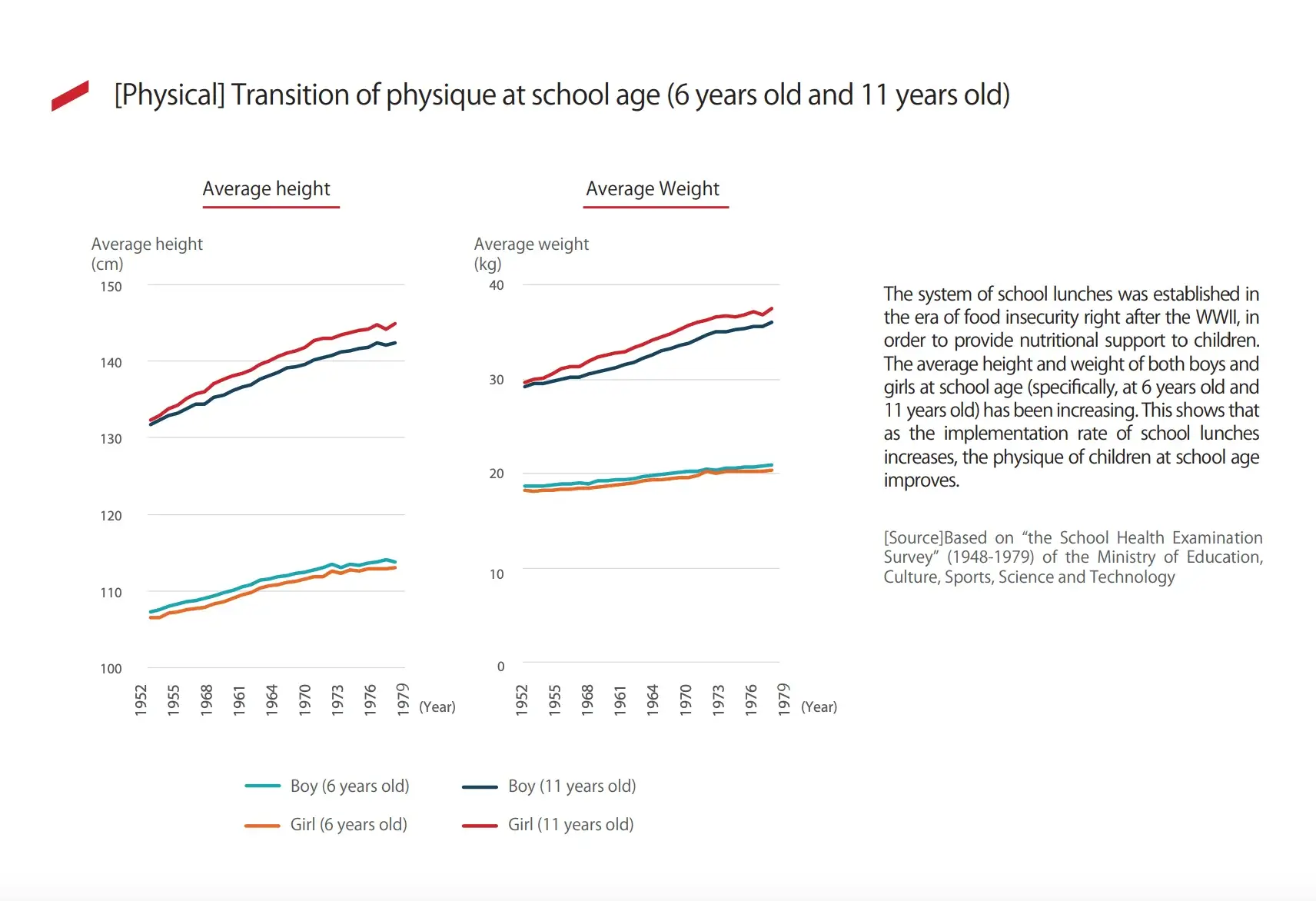Learn about the average height in Japan, how it differs from other countries, and what factors affect it.
How tall are the average Japanese man or woman?
This guide to the average heights in Japan explains the trends and factors at work, and provides a useful resource for anyone curious about the anthropometric make-up of Japan.
While exploring these insights, stay connected with an iRoamly Japan travel eSIM, ensuring you can easily access resources and share your discoveries online.

2021 Average Height Differences Between Ages in Japan
There are variances in average height between generations in Japan. As of 2023, men have an average height of 171 cm (5 feet 7 inches) and women are 158 cm (5 feet 2 inches). Younger generations are typically taller, a gradual increase attributed to better nutrition and healthcare. Below is a list of average heights for different gender and age groups in Japan in 2021.
Age Group | Female Height (cm) | Male Height (cm) |
15-24 | 158.7 | 171.2 |
25-34 | 157.3 | 170.3 |
35-44 | 156.5 | 169.3 |
45-54 | 155.0 | 167.4 |
55-64 | 153.9 | 166.3 |
65+ | 152.6 | 165.3 |
Source: Ministry of Health, Labour and Welfare, Japan (Data as of September 2021)
Comparing Average Heights: Japan and Other Countries
In 2019, the average height of adult men in Japan is around 170.8 cm (about 5 feet 7 inches), and for women it's 159.5 cm (almost 5 feet 2 inches).
This may sound rather short for a Western country, but it's roughly on a par with much of East and Southeast Asia, and a little shorter than national averages in a few places, such as Singapore or China.
A mix of genetics, nutrition, overall health, and the socioeconomic status of a given population all contribute to how tall its people tend to get.
The following is a comparison of Japanese national average height against that of a few other countries:
Country | Men | Women |
Japan | 170.8 cm (5 feet 7 inches) | 159.5 cm (5 feet 2 inches) |
USA | 177 cm (5 feet 8 inches) | 163 cm (5 feet 3 inches) |
Austria | 178 cm (5 feet 8 inches) | 166 cm (5 feet 4 inches) |
England | 178 cm (5 feet 8 inches) | 164 cm (5 feet 3 inches) |
Germany | 180 cm (5 feet 9 inches) | 166 cm (5 feet 4 inches) |
France | 178 cm (5 feet 8 inches) | 164 cm (5 feet 3 inches) |
Canada | 178 cm (5 feet 8 inches) | 165 cm (5 feet 4 inches) |
Sweden | 180 cm (5 feet 9 inches) | 167 cm (5 feet 4 inches) |
Belgium | 179 cm (5 feet 8 inches) | 164 cm (5 feet 3 inches) |
Norway | 180 cm (5 feet 9 inches) | 166 cm (5 feet 4 inches) |
Malaysia | 168 cm (5 feet 6 inches) | 157 cm (5 feet 3 inches) |
Singapore | 173 cm (5 feet 8 inches) | 161 cm (5 feet 3 inches) |
Iran | 175 cm (5 feet 8 inches) | 161 cm (5 feet 3 inches) |
India | 166 cm (5 feet 5 inches) | 155 cm (5 feet 1 inches) |
China | 175 cm (5 feet 8 inches) | 163 cm (5 feet 4 inches) |
Source: Wikipedia (data as of 2019)
Factors Affecting Japan's Average Height
Over the last decade, the people in Japan have also been getting slowly taller. Factors like improved health care and better nutrition, as well as a rising emphasis on health and fitness as a whole, have all played a role.
Research from Japanese universities such as the World Health Organisation points to these advances, combined with genetic factors, as being responsible for influencing the nation's height, offering an intriguing insight into how quality of life and healthcare changes can manifest in physical appearance.

Nutrition: The biggest influence can be seen in the diet, with a protein-, calcium-, and vitamin-rich diet having a positive effect on growth from when an individual is a child through to adolescence.

Healthcare: Access to complete medical care ensures growth-related problems are identified early, and puts more emphasis on preventative healthcare and checking child development.

Genetics: The upper limits of height are determined by genetic factors, with the interaction of genes and environment deciding what the final result is, explaining height differences between different peoples of the world.
Socioeconomic Status: Generally, the more wealth an individual has and the economic level of a region can affect access to a well-rounded diet and healthcare, thus impacting physical growth. Factors like the average salary in Japan also play a role, influencing living standards and access to essential resources for healthy development.
Physical Activity: Regular exercise during childhood and adolescence can impact growth, potentially resulting in a taller average height.
Environmental Factors: Living in an urban or rural location can affect overall health and growth, with different diets, pollution, and social habits playing a role.
Additionally, the legal drinking age in Japan being set at 20 can influence social behaviors among teenagers, potentially affecting their health and development during critical growth years.

Public Health Policies: National programs to increase child nutrition and health can eventually lead to a shift in the physical development of its population.
Collectively, perturbations in the balance of these factors can result in the changes in physical development expressed earlier from Japan's past to present.
FAQs
1. Why are younger Japanese getting taller?
Improved health and better nutrition are making the younger generation of Japanese taller.
2. How does the height of Japanese people compare to other Asian countries?
The Japanese are generally shorter than people in China and Singapore, but taller than in some Southeast Asian nations, according to the all-knowing Wikipedia.
3. What determines height in Japan?
Genetics play a part, but so do diet, the quality of medical care, and lifestyle decisions.
4. What country has the tallest people?
The world's tallest people live in the Netherlands, with Dutch men usually measuring in at around 183cm (6ft 0in) and women at 170cm (5ft 7in) tall on average. Other tall nations include Denmark, Norway, and Montenegro.
5. And the smallest Japanese are babies?
Correct again! The tiniest baby in the world was born in Tokyo, weighing a miniscule 268 grams (9.45 ounces). Despite the various hardships associated with being so small at birth, they went on to recover and be discharged from hospital several months later, fit and healthy.
Summary
People in Japan are taller now than they were a decade ago, thanks in no small part to better healthcare and living standards.
They may not be giants, but when measured against much of the world, the average heights reveal how much improved life in Japan truly is.
And armed with this one simple fact, your pathway across either the urban throngs or the pastoral hamlets is made that little bit richer. It's just one more reason to love adventuring in Japan!
